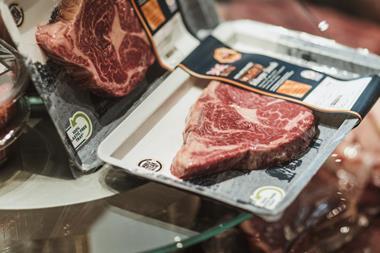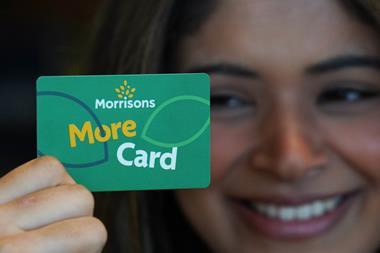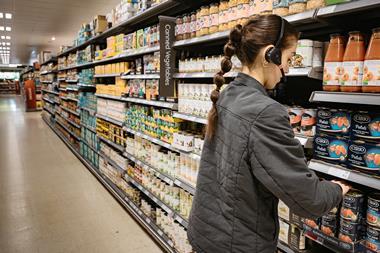What we eat, and what it’s doing to our health, has barely been out of the headlines since the start of the year.
Last week, we had major new guidance from the World Health Organisation, suggesting that the daily recommended intake of sugar should be halved. England’s chief medical officer Dame Sally Davies became the latest expert to openly moot the idea of ‘sugar tax’. And newspaper headlines continue to scream daily about the various foodstuffs that could cause us harm – from animal protein to booze to vegetable juice (yes, really).
Small wonder, then, that scientists have warned that multiple, overlapping studies risk confusing consumers and the healthy-eating debate as whole. “We have a perfect storm on a plate,” Catherine Collins, principal dietician at St George’s Hospital, London, told the FT this weekend.
Amid all the noise, there is another entrant to the field. Timed to coincide with Salt Awareness Week (10-16 March), a study funded by the British Heart Foundation claims that teenagers are “unknowingly putting their health at risk by eating too much salt”.
The study looked at the salt intake of children and adolescents in South London, and found that the 13- to 17-year-old age group was, on average, eating 35% more salt a day than they should. Most importantly for the food industry, this excess salt was identified as coming not from crisps and snacks – which were found to supply just 5% of daily salt intake – but from breads and cereal products, which accounted for one-third of daily intake.
“Children are not choosing to eat salty foods, the salt is hidden in there by the food industry and they must take it out,” says Katharine Jenner, campaign director of CASH (Consensus Action on Salt and Health).
In fact, suppliers are working to reduce salt level under the terms of the Responsibility Deal. Just last week, the Department of Health published new salt reduction targets in food for 2017, which tweak the guidelines already in place and encompass the foodservice sector for the first time.
But the charge of “hidden” ingredients in food keeps resurfacing. More than one national newspaper last weekend provided a guide to the amount of sugar found in household groceries (the Daily Mail went as far as to produce a 32-page pull-out booklet).
Salt or sugar, it’s a charge the industry must continue to counter through greater transparency and labelling. Indeed, CASH congratulates those suppliers who have signed up to the Department of Health’s front-of-pack labelling system. Let’s hope more suppliers join the scheme; in the face of consumer confusion and alarmist headlines, consistency in labelling is the least they can do.



















No comments yet